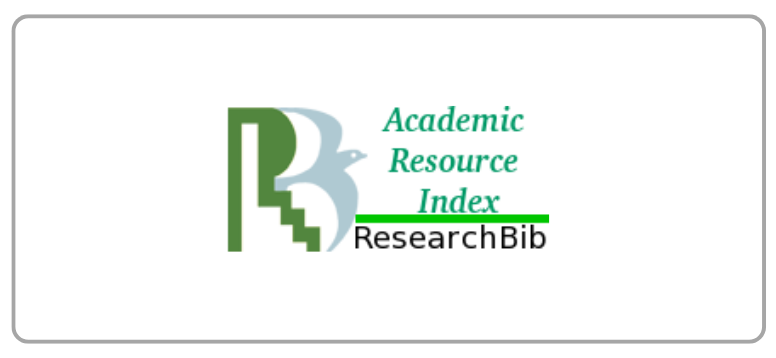Fantasy Themes of Marine Retiree Group
DOI:
https://doi.org/10.21512/humaniora.v8i2.3889Keywords:
fantasy theme, Marines retiree group, hero element, villain elementAbstract
The research applied symbolic convergence theory as the main theories, with the subjective- interpretive paradigm. Through a qualitative approach, this study was conducted by using fantasy themes analysis. The subjects of this study were members of Marines retiree who lives in Tanah Baru and Rangkapan Jaya Baru, Depok. The object of this research was the aspect of communication in the form of verbal and nonverbal symbols of Marine retiree group members in expressing their fantasy themes. Thirteen informants were chosen as the sample with purposive and snowball sampling techniques. This study aimed to find and identify the fantasy themes of Marine retiree group through elements of setting, character, and action. The results show that the story of Marine retiree group is a bridge that connects the experience of the retired members of the Marines in the events of the past with the present time.
Plum Analytics
References
Bormann, E. G. (1972). Fantasy and Rhetorical Vision: The Rethorical Criticism of Social Reality. Quaterly Journal of Speech, 58(4), 396-407.
Bormann, E. G. (1976). General and Specific Theories of Communication. In J. L. Golden, G. F Berquist, & W. E. Coleman (Eds.), The Rhetoric of Western Thought, 431-449. Dubuque, IA: Kendall/Hunt.
Bormann, E. G. (1985). The Force of Fantasy: Restoring the American Dream. Carbondale, IL: Southern Illinois University Press.
Bridges, A. L. (2006). Dare to be Heard: Black Women Managers Voice Perceptions of Gratifying and Non-Gratifying Workplace Experiences. USA: ProQuest Information and Learning Company.
Ensink, T., van Essen, A., van der Geest, T. (Eds.). (1986). Discourse Analysis and Public Life: Papers of the Groningen Conference on Medical and Political Discourse. Netherlands: ICG Printing.
Kidd, V. (1998). Department of Communication Studies, California State University, Sacramento. Retrieved February 11th, 2011 from http://www.csus.edu/indiv/k/kiddv/FTA_reading.html.
Matanasi, P. (2011). Prajurit-prajurit di kiri Jalan. Retrieved April 6th, 2016 from https://www.academia.edu/8646925/Prajurit-prajurit_di_kiri_jalan.
Palenchar, M. J., & Heath, R. L. (2002). Another Part of the Risk Communication Model: Analysis of Communication Processes and Message Content. Journal of Public Relations Research, 14(2), 127-158.
Roza, D. G. (2012). TNI AD Takkan Tambah Personel Tahun Ini. Investor Daily Indonesia. Retrieved April 6th, 2016 from http://id.beritasatu.com/home/tni-ad-takkan-tambah-personel-tahun-ini/28691.
St. Antoine, T. J., Althouse, M. T., & Ball, M. A. (2009). Fantasy-Theme Analysis. In Jim A. Kuypers (Eds.). Rhetorical Criticism: Perspectives in Action, 205-230. Plymouth, United Kingdom: Lexington Books, Rowman & Littlefield Publishers.Inc.
Downloads
Published
How to Cite
Issue
Section
License
Authors who publish with this journal agree to the following terms:
a. Authors retain copyright and grant the journal right of first publication with the work simultaneously licensed under a Creative Commons Attribution License - Share Alike that allows others to share the work with an acknowledgment of the work's authorship and initial publication in this journal.
b. Authors are able to enter into separate, additional contractual arrangements for the non-exclusive distribution of the journal's published version of the work (e.g., post it to an institutional repository or publish it in a book), with an acknowledgment of its initial publication in this journal.
c. Authors are permitted and encouraged to post their work online (e.g., in institutional repositories or on their website) prior to and during the submission process, as it can lead to productive exchanges, as well as earlier and greater citation of published work.
USER RIGHTS
All articles published Open Access will be immediately and permanently free for everyone to read and download. We are continuously working with our author communities to select the best choice of license options, currently being defined for this journal as follows: Creative Commons Attribution-Share Alike (CC BY-SA)
























